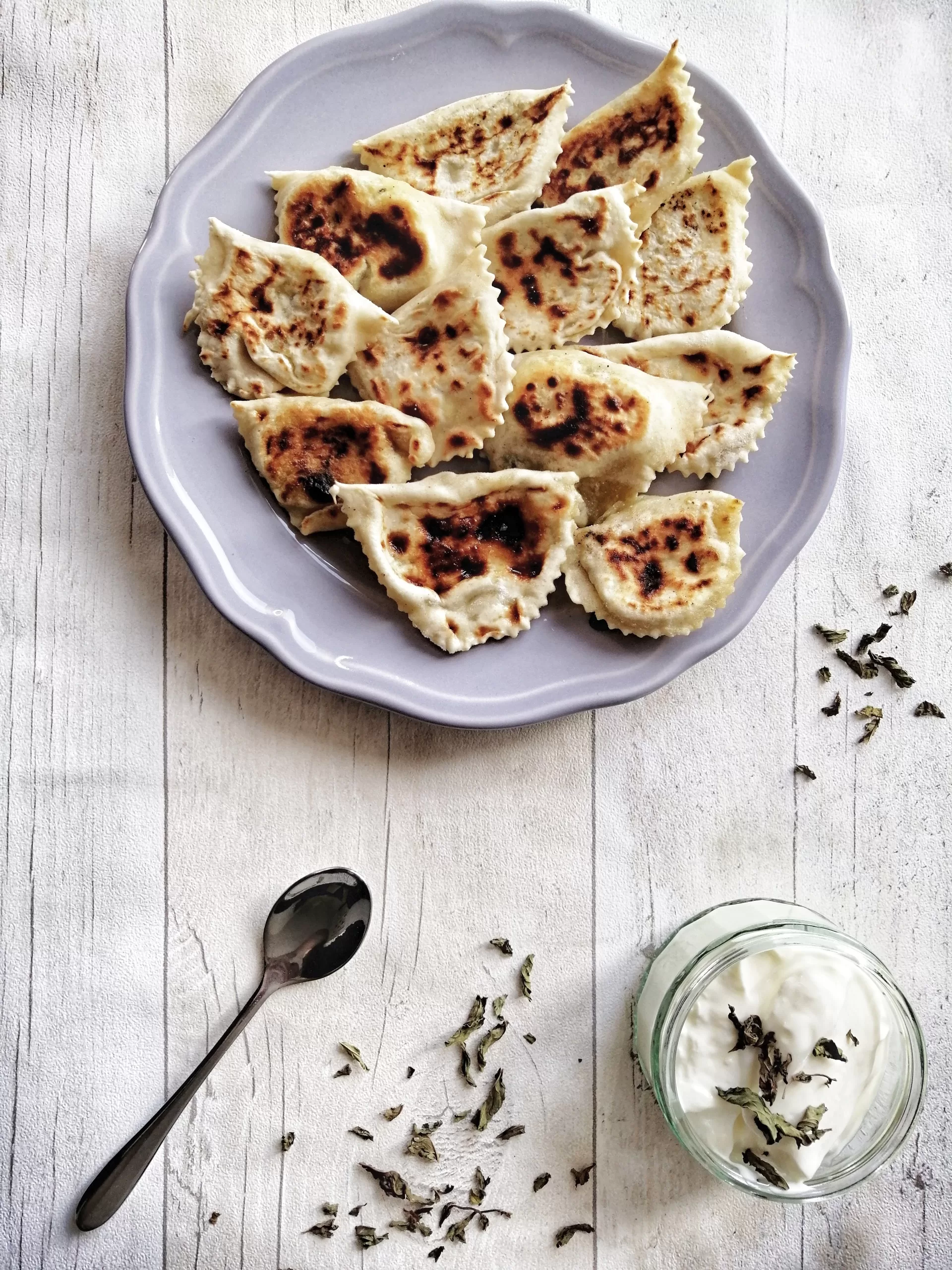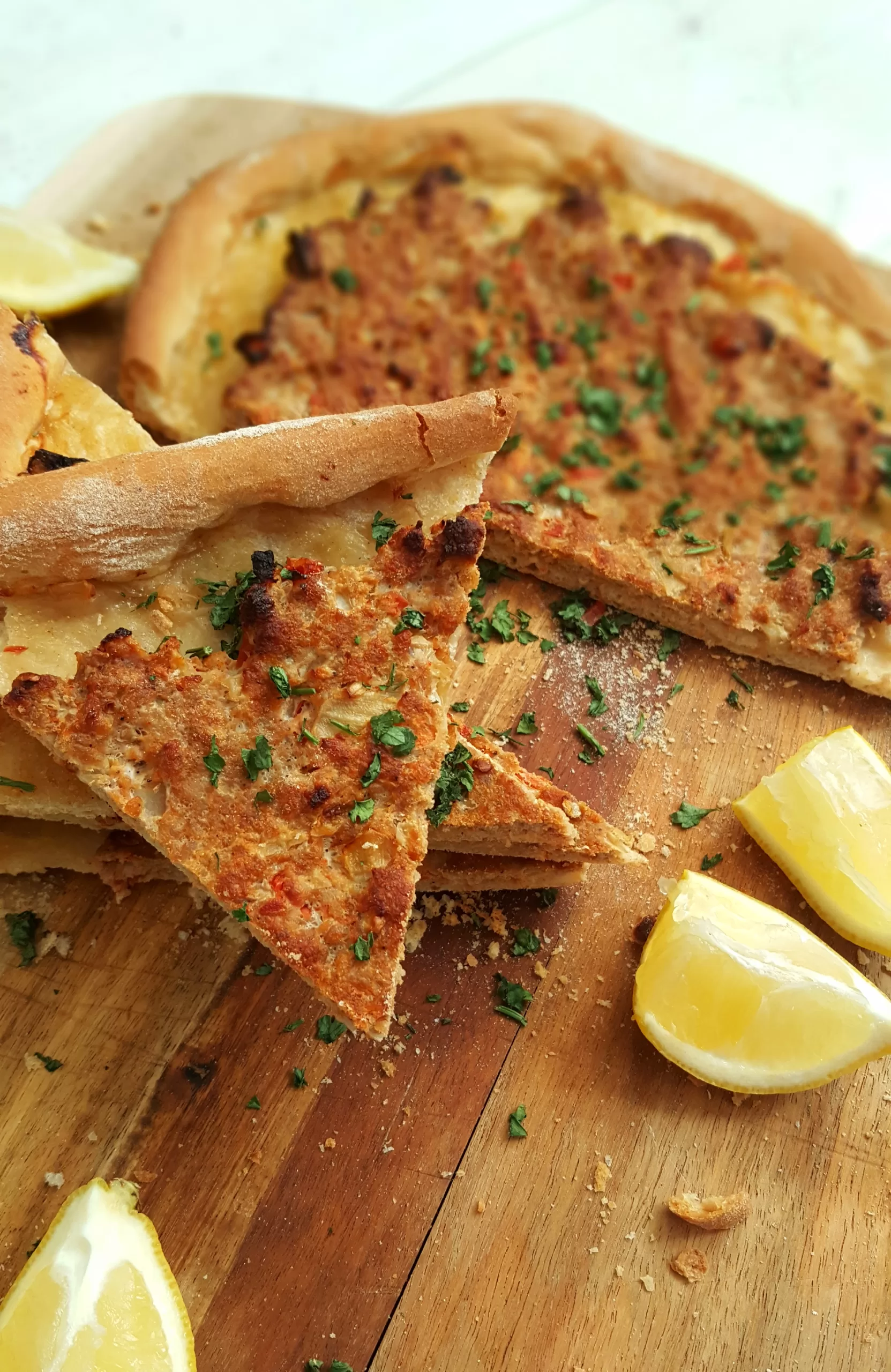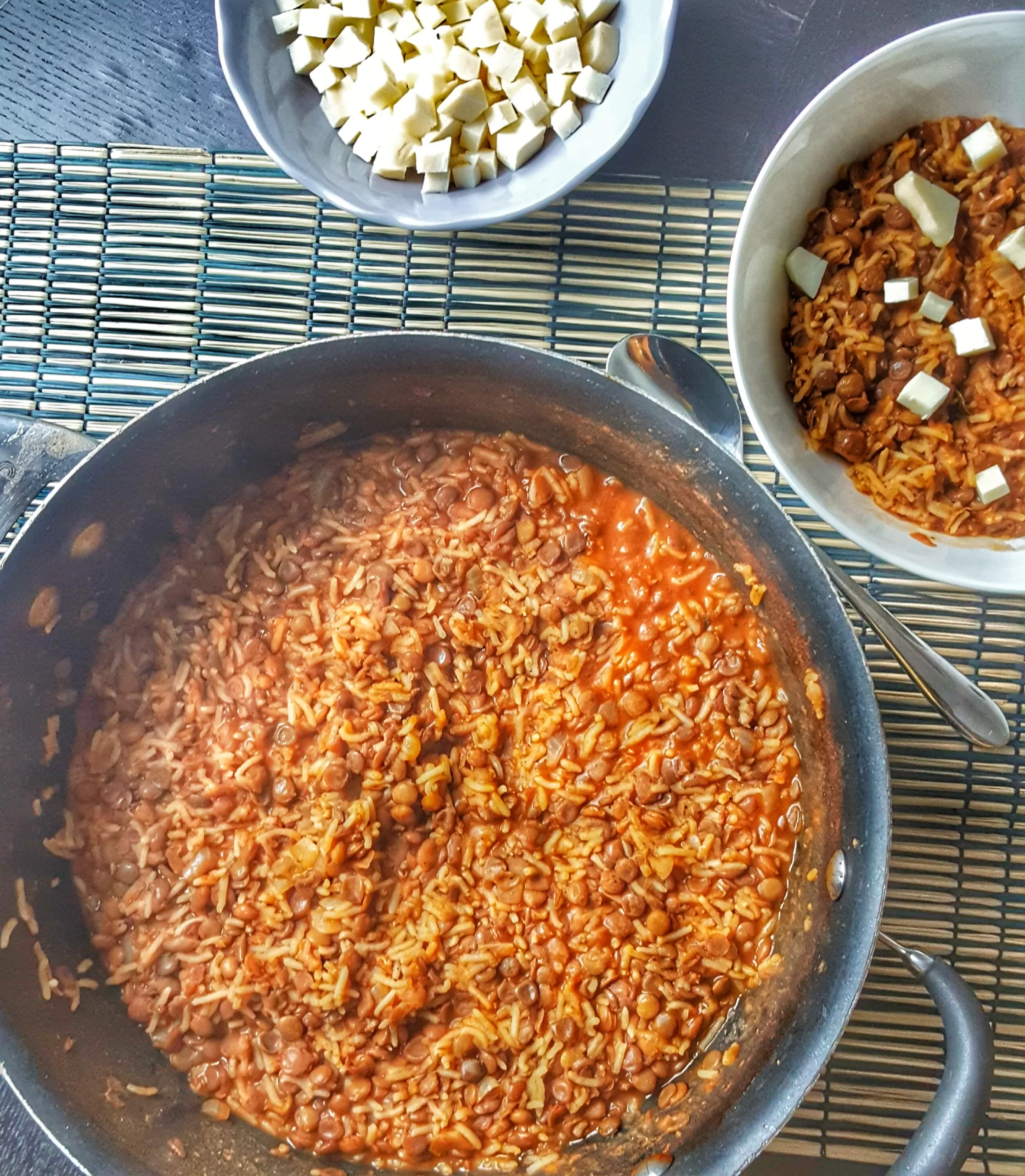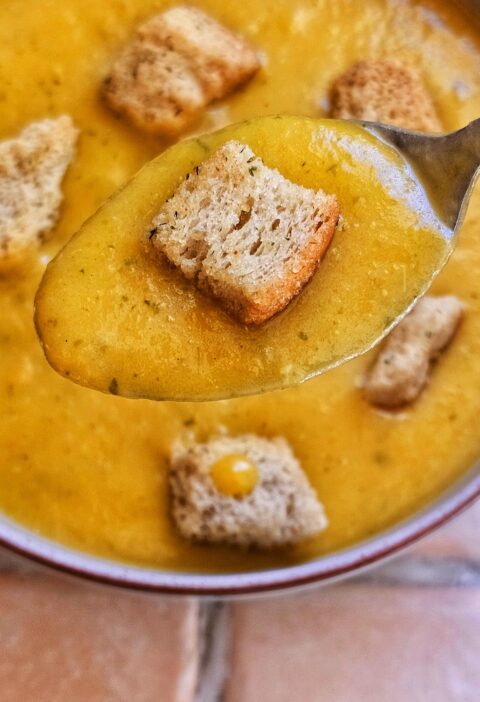Boureki with halloumi cheese is a traditional Cypriot dish pourekia tis satzis. They are called tis satzis because they used to cook in a skillet-type pan, giving them a distinctive smell and taste. If you don’t have a skillet, don’t worry, as you can still cook them on a non-stick pan. You can also make your own halloumi.
The memories
Now, this is one of my favorites. Both my yiagia and mum made boureki with halloumi tis satzis nonstop. Everyone loves them, and they are so easy to prepare and make. They used to wipe these in a few minutes, and everyone just dived in! The ones they used to make were dripping in olive oil (we don’t make them like that anymore). Some people would enjoy them plain, and others would slather some tangy yogurt on and staff their mouth!
They are pretty traditional in many areas around Cyprus, and each area has a different way of preparing the filling. Some add coriander, others dried spearmint, and others, like the one I will share with you, have fresh chopped spearmint. This is my grandmother’s recipe. She was born in Gastria, married my grandfather, and lived in Saint Elias in the Famagusta area.
The leftovers
Now, if you have any dough leftovers I have a suggestion. With a rolling pin, flatten out a small piece and fry it. I know it’s not healthy, but I am sharing how my grandmother used to reuse the dough she had left over. After it becomes golden and puffs up, remove it and immediately add some honey, sugar, and cinnamon. I used to live off these diples when I was a kid! Now, of course,e my tummy has those diples, but hey, haha.
Make sure to prepare them and share your photos with me or any questions you might have. Also, do let me know if you prepare them differently.
I hope you enjoy them.
Dina x
Step 1 Prepare the dough Add the flour, lukewarm water and salt in a bowl. Knead for 10 minutes (or use the mixer) and once the dough is ready let it rest for 30 minutes. You are looking for the dough to be soft but not sticky or extra hard. Step 2 For the filling Add the chopped onion and olive oil in a pan. Saute for around 7 minutes or until the onion is soft and starting to turn golden. Combine in a bowl the sauteed onion (with the olive oil), grated haloumi and chopped spearmint and mix well for all the haloumi to get wet from the olive oil. Step 3 Take one portion of dough and lightly dust the dough with flour. Flatten with a rolling pin to the width of your pasta machine. Feed the dough through on the widest setting, then fold each side of the dough to the centre, as if you were folding a letter to fit inside an envelope. Feed the dough through on the widest setting again. Adjust the rollers to the next setting and roll the dough through the pasta machine again. Continue to roll the dough through the machine, decreasing the thickness by one setting each time and dusting with a little more flour if it becomes sticky. Do not be tempted to skip settings on the pasta machine, otherwise the dough may tear. (The process is similar to that of making ravioli or simple pasta) Step 4 Once you have rolled it through the second finest setting, place teaspoons of the haloumi mixture at even intervals along one side of the sheet. You should be able to fit about 8 teaspoons. Then take the other half of the sheet and cover the other side making sure all the haloumi mixture is nicely covered. Using a pasta cutter, cut the 9 pourekia. Place on a plate or tray and cover with a clean tea towel. If you don't have a pasta cutter you can always use a knife. Repeat with the rest. Step 5 To cook the pourekia, heat a non-stick pan well. Once the pan is just about to begin smoking, place the pourekia in the pan and cook them. Be careful not to burn them though. They don't require a long time to cook and you will need to keep an eye on them all the time. If you find that your pan is smoking excessively, turn down the heat. Enjoy with some Greek, tangy yogurt of drizzled with some raw honey 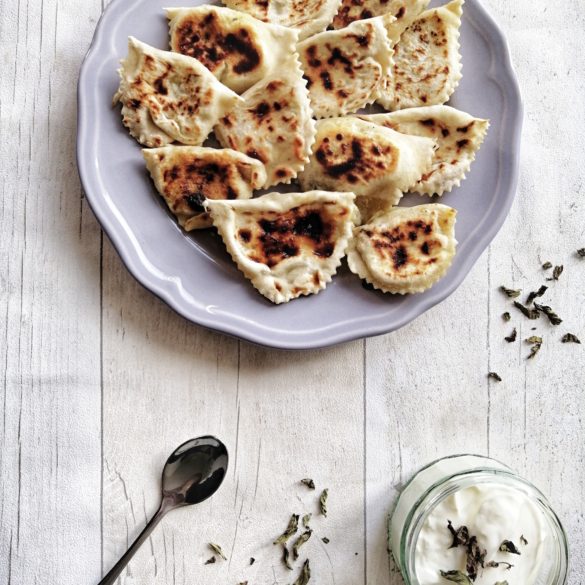
Ingredients
Instructions
